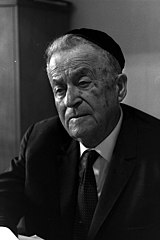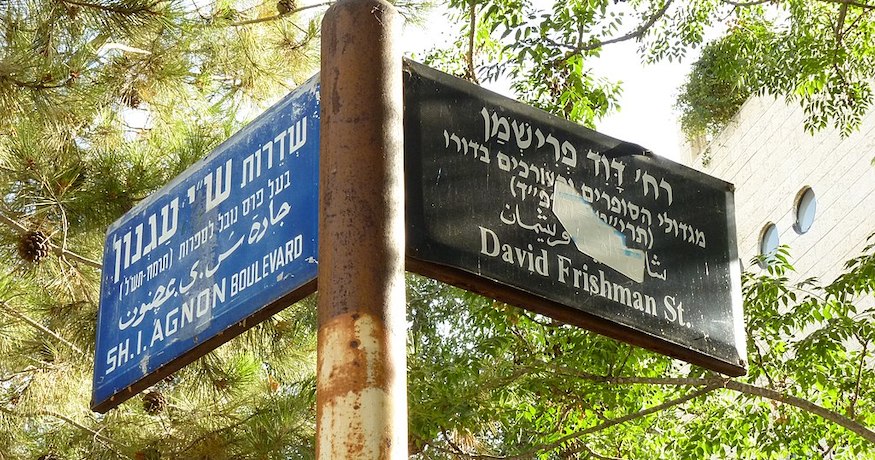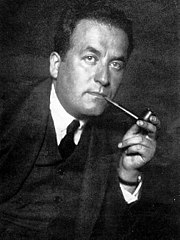The Jews’ Jew
Combining the ancient and modern, Jewish people from European and Arab lands, different cuisines, and even Jewish languages encompassing Ladino, Yiddish and Hebrew, Israel is a fantastic mixture where even the survivors of the Holocaust, found revival.
Nowhere is the clash and blend of the cosmopolitan culture so evident as in the writings of the Israeli winner of the Noble Prize for Literature, Shai Agnon.
Agnon is the personification of the upbringing of a mixed world. Born in Poland, Yiddish was the language spoken at home. His mother, whose family came from the great Jewish seminaries of Lithuania, insisted on tutoring him in German. In the days before the destruction Germany brought upon European Jews, German was considered the epitome of culture.

Hebrew writer Shai Agnon, winner of the 1966 Nobel Prize for Literature, at his home in Jerusalem in 1966 | Photo: Wikimedia Commons by GPO
Agnon’s father, whose roots were in Hasidim, taught him in Hebrew. Together they studied Bible, Talmud, and rabbinical greats such as Maimonides. Inasmuch, Agnon was afforded an incredibly multifaceted education which offered him insight to often conflicting Jewish worlds. His versatile upbringing was rooted in his religious observance. Agnon could recite pages of Jewish scripture by heart.
Agnon, who achieved so much in life, didn’t even go to school!
Gradually being allowed more opportunities in the Gentile world, Europe’s Jews were undergoing emancipation. This new freedom created virulent antisemitism but also a conflict between traditional Jews and those who wanted to explore what the world had to offer. The cosmic changes, his adherence to an observant life and Agnon’s ability to be in all worlds, greatly impacted his writings. When Agnon came to Eretz Yisrael, in the 1920’s he began writing novels in Hebrew about Jewish Yiddish life in Europe. Little wonder he became known as “the Jews’ Jew.”
“Agnon became one of the most beloved authors the State of Israel has ever had”
Following the decimation of the Holocaust, Agnon wrote about the Zionist pioneers who had escaped the Destruction and came to the land after the Second World War. His style was unique. People had never read anything like it. Agnon mixed modern Israeli Hebrew, with rabbinic and Yiddish ideas, rooted in a European past.
Because it was impossible to box him into any singular Jewish background, Agnon became one of the most beloved authors the State of Israel has ever had. So much so, that when he complained to the Jerusalem municipality that the traffic near his home was disturbing his writing, the council closed the street to cars so he could continue to write in peace.
At the Nobel Prize ceremony in Sweden, Agnon famously introduced himself in Hebrew. He stated that even though he was born in a city of exile, he always regarded himself as one who was born in Jerusalem. That ceremony took place on Shabbat during Hannukah. Agnon postponed his attendance until dark and until he had lighted the Hannukiah.
Agnon’s words of “no longer in exile” and his adherence to Jewish customs – no matter what important prize was at stake – sealed him in the hearts of Israel for generations to come.






